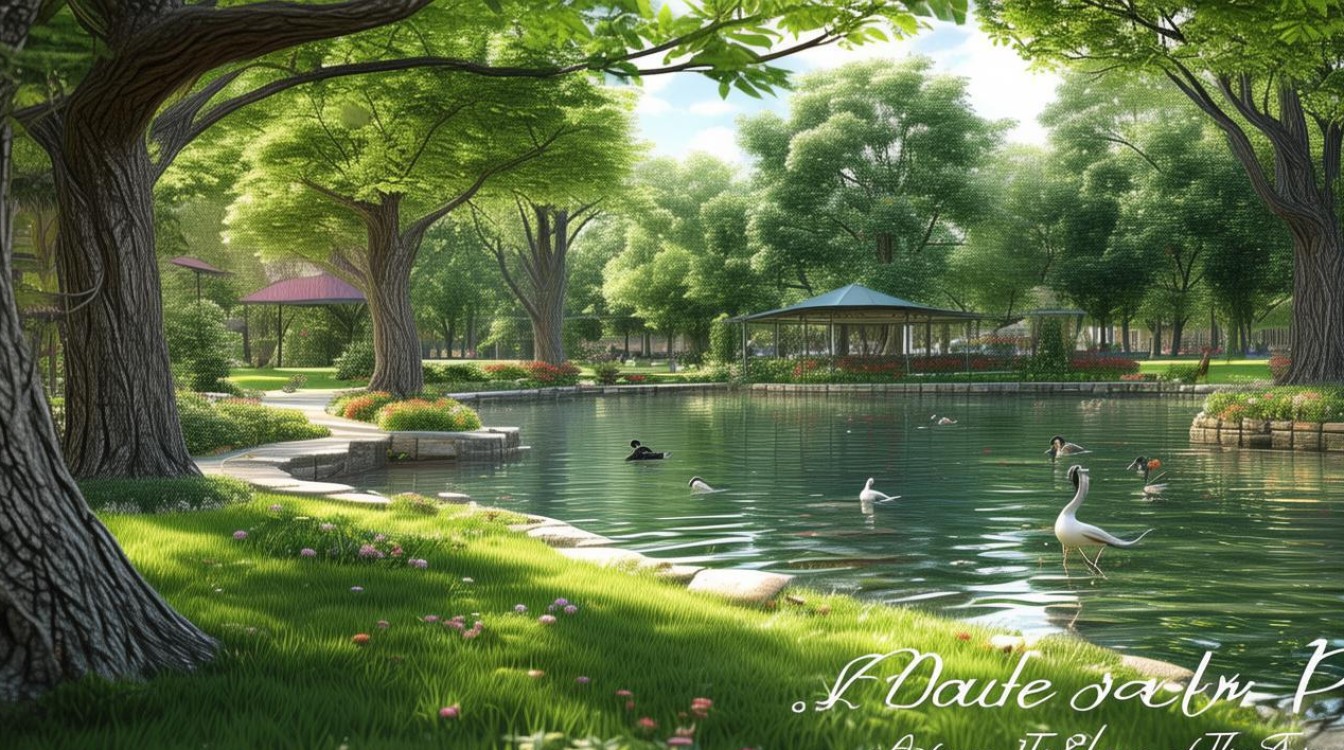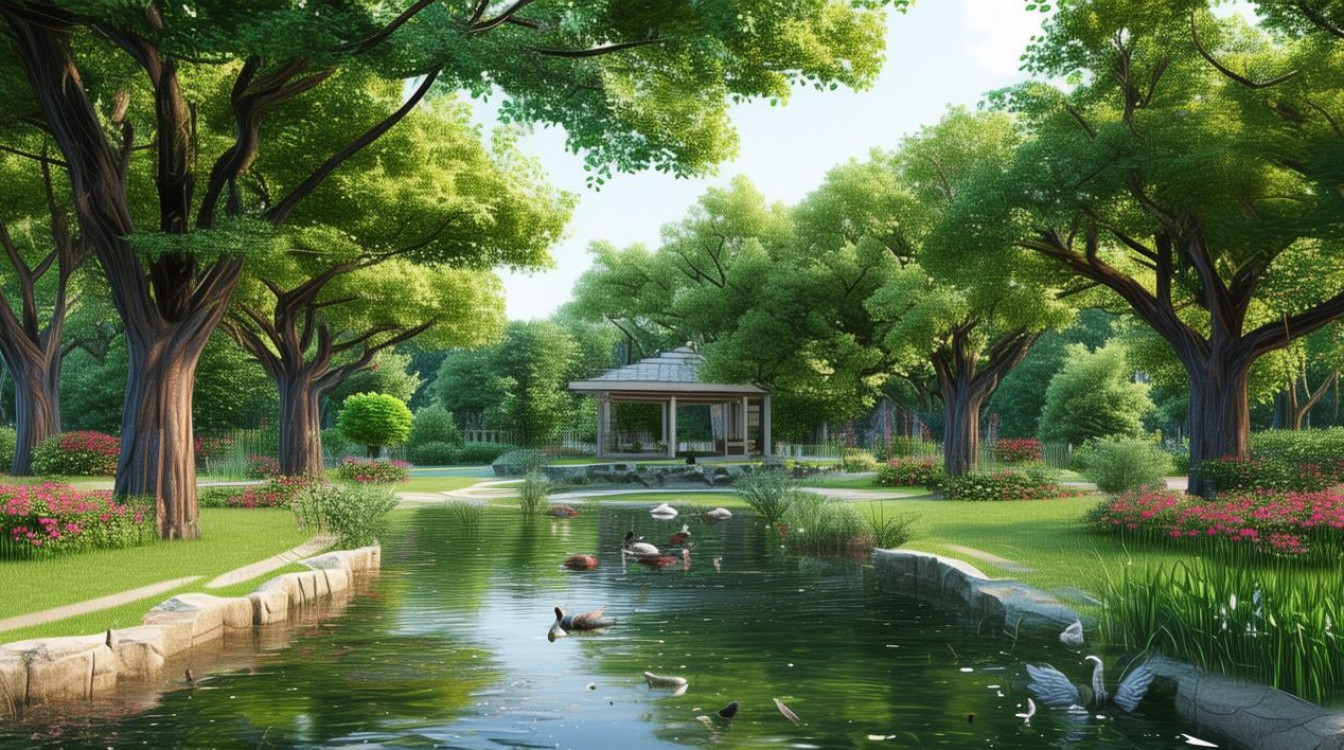Parks are more than just patches of green in a bustling city. They serve as vital spaces where people connect with nature, unwind, and create memories. A well-designed park offers a blend of natural beauty, recreational opportunities, and a sense of community. Whether it’s the vibrant flowers, the soothing sound of water, or the laughter of children playing, parks have a unique way of enriching lives.

The Allure of Nature
One of the most captivating aspects of parks is their natural beauty. Tall trees provide shade on sunny days, their leaves rustling in the breeze. Flower beds burst with color, attracting butterflies and bees. Walking along winding paths, visitors can admire the carefully curated landscapes that change with the seasons. In spring, cherry blossoms paint the park in soft pinks, while autumn brings a fiery display of reds and oranges.
Water features, such as ponds or fountains, add tranquility. The gentle ripple of water creates a calming atmosphere, perfect for meditation or quiet reflection. Ducks gliding across the surface or koi fish darting beneath the water’s surface add life to these serene settings.
A Space for Recreation and Health

Parks are not just for passive enjoyment; they encourage physical activity and well-being. Joggers weave through trails, cyclists pedal along designated paths, and yoga enthusiasts stretch on open lawns. Playgrounds buzz with energy as children climb, swing, and slide, their laughter echoing through the air.
For fitness enthusiasts, outdoor gyms provide an alternative to indoor workouts. The fresh air and natural surroundings make exercise more enjoyable. Even a simple walk in the park can boost mental health, reducing stress and improving mood. Studies show that spending time in green spaces lowers cortisol levels and enhances creativity.
Community and Social Bonds
Beyond nature and recreation, parks foster social connections. Families gather for picnics, friends meet for weekend barbecues, and neighbors chat on benches. Community events, such as concerts or farmers' markets, turn parks into vibrant hubs of activity.

Dog owners often converge in designated areas, where pets play while humans exchange stories. These interactions strengthen community ties, creating a sense of belonging. In a world increasingly dominated by screens, parks offer a rare opportunity for face-to-face connection.
The Role of Parks in Urban Life
In cities, where concrete dominates, parks provide essential green lungs. They improve air quality by absorbing pollutants and releasing oxygen. Trees and plants help regulate temperatures, offering relief during heatwaves. Urban planners recognize the importance of integrating green spaces into city designs to enhance livability.
Some parks also serve as cultural landmarks. Historical statues, memorials, or themed gardens tell stories of the past. Visitors can learn about local heritage while enjoying the surroundings. This blend of education and leisure makes parks multifaceted destinations.

Personal Reflections
Walking through a park, it’s easy to forget the chaos of daily life. The rustling leaves, the scent of blooming flowers, and the warmth of the sun create a sensory escape. Whether seeking solitude or companionship, parks accommodate all moods. They remind us of the simple joys—reading under a tree, watching clouds drift, or sharing a meal outdoors.
In a fast-paced world, parks are sanctuaries. They invite us to pause, breathe, and appreciate the beauty around us. Every visit leaves a lasting impression, a reminder of nature’s power to heal and inspire.


